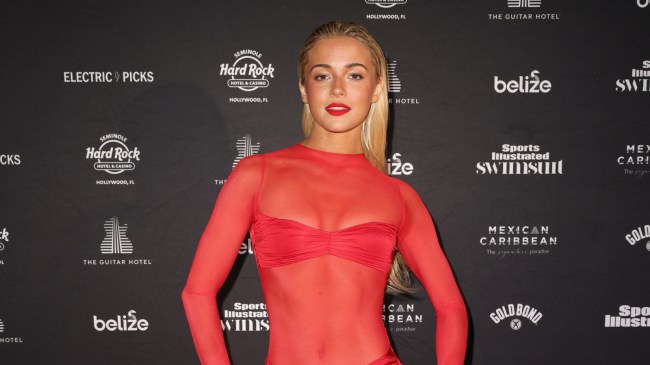
Getty Image
A new report from Opendorse, a leader in the NIL market space, shows that the introduction of name, image and likeness rights into the college athletics space has not gone according to plan.
NIL was introduced to college athletics three years ago after the NCAA lost a massive federal lawsuit.
Three years later, the NIL market has expanded from $917 million in 2021-22 to an expected $1.67 billion in 2024-25.
But where is that money coming from?
Initially, the belief and hope was that athletes could use their fame to sign legitimate endorsement deals that benefitted both themselves and the company they’d represent.
But that hasn’t happened. At least, not as often as fans hoped.
A lot of good #NIL data in here.
Some highlights.
-More than 80% of NIL comp is from collectives
-Men’s 🏀 players have the highest average NIL comp, 🏈 is 2nd
-Opendorse projects a top 25 QB to receive $1.3M in NIL comp in 2025-26
-Collective budgets continue to increase https://t.co/2CgPcgHeMM pic.twitter.com/yFBGPRWjK5
— Mit Winter (@WinterSportsLaw) July 1, 2024
New Report Shows That University Collectives Are Dominating The NIL Space
According to the report, over 80 percent of athlete compensation has come from collectives with direct ties to specific universities.
“NIL collectives continue to shape over 80% of the total NIL market,” Opendorse states. “Their activity plays a vital role in the recruitment and retention of student-athletes and is heavily weighted toward Football and Men’s Basketball. Commercial compensation now makes up less than 20% of the total market, with Women’s Basketball leapfrogging Men’s Basketball for the first time.”
What does that mean?
Well, it’s about exactly what you’d expect. Universities have found ways to funnel money to athletes as way to recruit or retain them, with or without any legitimate business merit.
But that could soon chance.
“Annual budgets for collectives have grown astronomically since their introduction in the summer of 2021,” the report states. “With revenue sharing looming in 2025, their role may evolve, but collectives will remain a vital cog to athlete compensation.”
Revenue sharing could help level the playing field. But the additional income from NIL will still benefit specific schools.
Interestingly enough, college football players are not the highest earners on average. Instead, that distinction goes to men’s college basketball players.
The average annual earnings for the NCAA Division I top-25 earners in men’s basketball is $349,492. In comparison, football players are taking home an average of $294, 134 in comparison.
NIL, on the whole, has been wildly beneficial for elite college athletes. What it means for everybody else, however, remains to be seen.